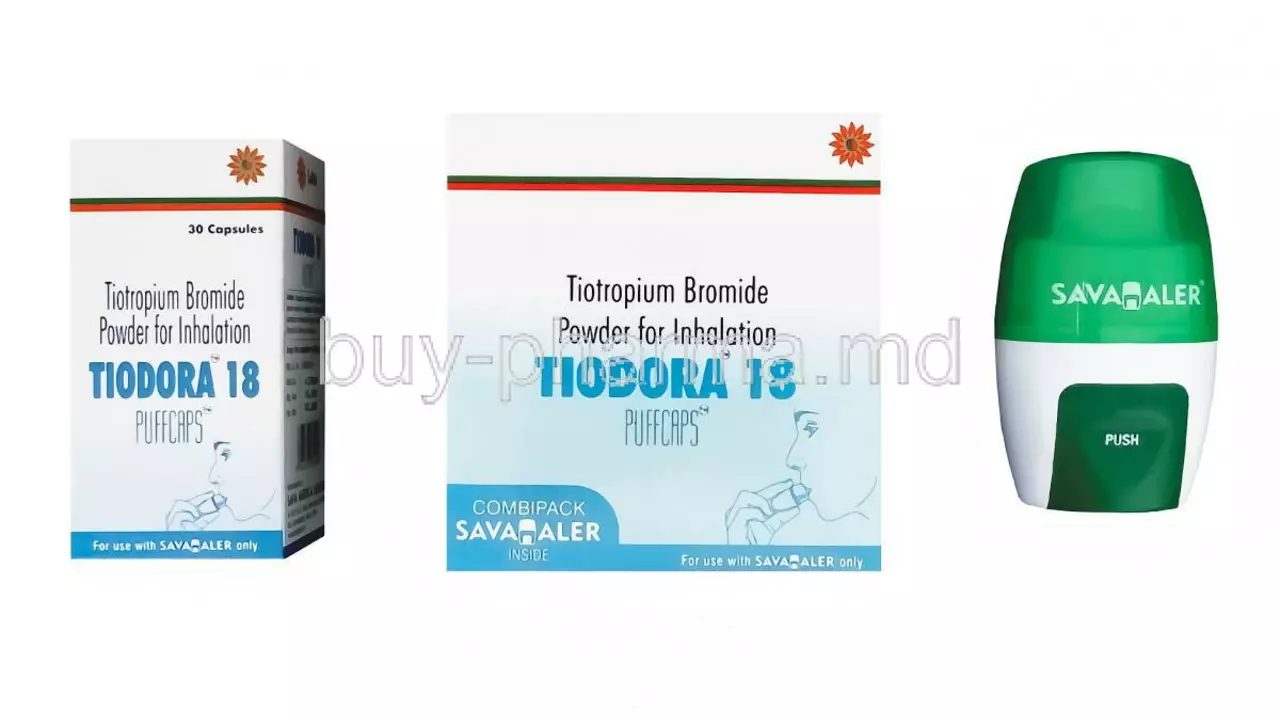Environmental Impact of Pharmaceuticals: What You Need to Know
If you’ve ever wondered whether your prescription pills or daily vitamins do more than help you feel better, the answer is yes. The whole life cycle of medicines – from the factory floor to the trash bin – leaves a mark on air, water and soil. Knowing where that impact comes from helps you make smarter choices without sacrificing health.
Manufacturing: Energy‑Heavy and Chemical‑Intensive
Making a single tablet can require dozens of steps, each using heat, electricity and chemicals. Factories often run on fossil fuels, so the carbon footprint adds up quickly. Some active ingredients need solvents that end up in waste streams if they aren’t treated properly. When companies invest in greener equipment or renewable energy, the emissions drop dramatically – but not every brand does this yet.
What you can do: Look for manufacturers that publicize sustainability reports or certifications like ISO 14001. A quick search on their website usually shows whether they track carbon emissions or waste reduction.
Packaging and Disposal: The Hidden Waste
Most meds come wrapped in plastic blister packs, aluminum foil and cardboard boxes. Those materials often end up in landfills because they’re not always recyclable together. After you finish a bottle, leftover pills can leach into water supplies if flushed or tossed in the trash.
The best move is to use drug take‑back programs offered by pharmacies or local waste facilities. If that’s not an option, mix unused meds with something unappetizing (like coffee grounds) and seal them in a bag before throwing them away. This keeps chemicals from slipping into sewage.
Choosing products with minimal packaging also cuts down waste. Some online pharmacies ship tablets in recyclable paper instead of plastic – that’s a simple win.
Beyond disposal, you can shrink your personal footprint by avoiding unnecessary prescriptions. Talk to your doctor about non‑drug alternatives when possible, like lifestyle changes or over‑the‑counter options that have lower environmental costs.
In short, the environmental impact of pharmaceuticals is real but manageable. By picking greener brands, using proper disposal methods and questioning whether you need every pill, you help protect water, air and soil for everyone. Small actions add up, and your health routine can be both effective and eco‑friendly.
The Environmental Impact of Tiotropium Bromide Inhalers
As a concerned individual, I recently came across some information regarding the environmental impact of Tiotropium Bromide inhalers. I learned that these inhalers, which are commonly used to treat chronic obstructive pulmonary disease (COPD), can have a negative effect on our environment. This is mainly due to the greenhouse gases emitted during their production and use, which contributes to climate change. Additionally, improper disposal of these inhalers can lead to water pollution, posing harm to aquatic life. It's crucial that we raise awareness about the environmental impact of Tiotropium Bromide inhalers and explore possible alternatives or solutions to reduce this impact.
read more

